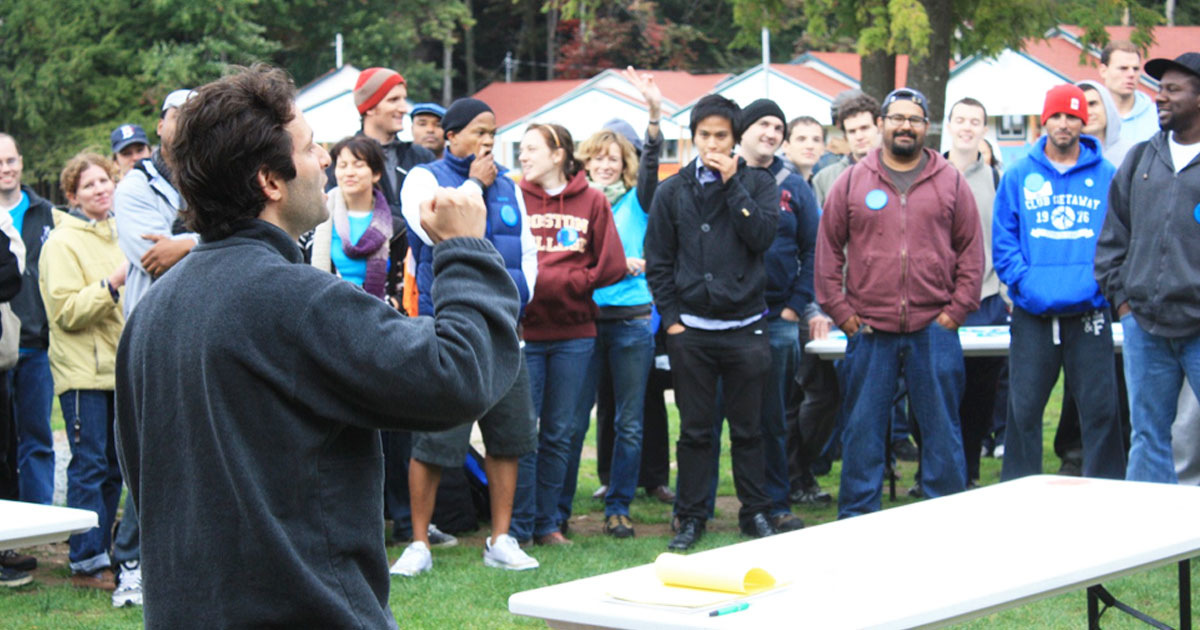Whether you are leading a meeting, training or workshop, this concept is equally important in effective facilitation. In order to achieve this, the goal, right from the beginning, is to start interacting with the participants in a way that makes them feel valued and empowered.
How do you do this? I have three suggestions—prepare yourself for the third. It's a doozy!
Greet participants positively as they enter the space.
Be at the door to welcome people into the space. Let participants know if there is a sign-in sheet and put up a preliminary question that they can respond to. Sometimes, I post up on the board a "High Note" and a "Low Note" from my day and ask participants to do the same. This gives a great entry point into what may have happened to each individual prior to us all being in this session together.
Check in with them and get their voices in the room early on.
Leading a "whip around" where each person shares briefly their name, role, how long they have been with the organization and one fun fact about themselves is a good place to start. I also like to ask my participants for one word that describes the day they've had so far, giving me insight about what has happened to each person prior to their arrival. In the questioning after this initial check-in we start to establish the importance of self-observation and its role as the heart of all great learning. Tell your participants there is no right or wrong, no good or bad in this space—that you're here to take a journey together and see what there is to discover. It is essential for everyone to observe what happens in the experiences they have and then to have the courage to speak about those observations. This will lead to deeper learning.
Allow your participants to be where they truly are—especially when they aren't where you want them to be.
This point is as challenging as it is important. We usually want our participants to do what we would like them to do according to what we have planned for them. An example of this happened to me when I was leading my students in a final rehearsal. My plan was to run their performance multiple times with the goal of building their confidence, and I needed to make that happen in order for them to succeed. But when I got the room, the students were all freaking out in anticipation of their premiere. I went through with my plan and it was a real learning moment. In retrospect, what I needed to do first was acknowledge where the students were and give them the opportunity to creatively express some of the fears they were having about the upcoming performance. If I had taken the time to meet them where they were, I could then have asked them to do what I thought would be most beneficial for them. As a facilitator, it is hugely important to not judge where your participants are, but merely meet them there in your own authentic way. From there, you can move forward together.
Once we have established this type of connectivity with our participants and have assessed where they are, we can begin to dig into the content and skill-building part of the session. This key facilitation ingredient creates space for you to begin to establish an optimal learning environment for your participants.
Greg Shamie is Director of Staff Development at The Leadership Program.




